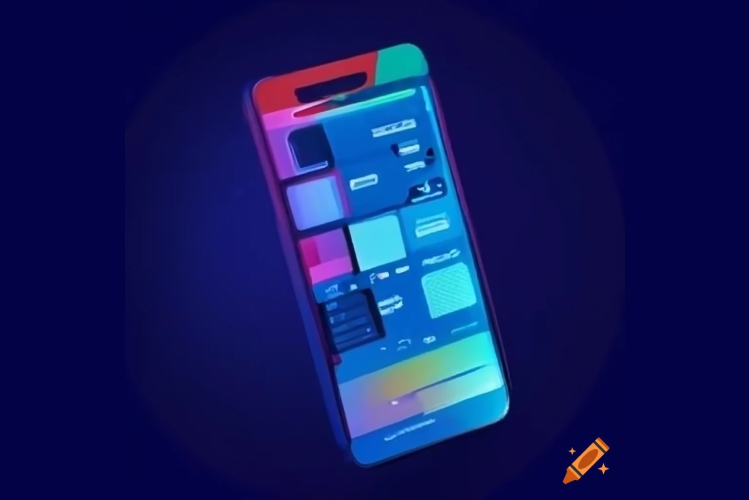In recent years, dark mode has taken the design world by storm, becoming a sought-after feature in apps, websites, and operating systems. The allure of a sleek, low-light interface has captivated users and designers alike. However, as we immerse ourselves in this “Dark Mode Mania,” it’s crucial to dissect the pros, cons, and the often-overlooked realm of accessibility considerations. Join me as we embark on a journey into the contrasting shades of dark mode UIs.
1. Pros of Dark Mode UIs:
– Eye Comfort: Dark mode is often lauded for reducing eye strain, especially in low-light environments. The lower brightness levels and reduced blue light emission contribute to a more comfortable viewing experience.
– Battery Conservation: For devices with OLED or AMOLED screens, dark mode can lead to energy savings. Since individual pixels emit their light in these displays, darker pixels require less power.
– Aesthetic Appeal: Dark mode exudes a certain sophistication and modernity, appealing to users who appreciate a sleek and stylish visual interface.
2. Cons of Dark Mode UIs:
– Readability Challenges: Text readability can be compromised in dark mode, particularly if not implemented thoughtfully. Poor contrast ratios and insufficient color choices may hinder the legibility of content.
– Color Accuracy: Dark mode can alter the perception of colors, potentially affecting the accuracy of visuals and graphics.
– Accessibility Concerns: Users with certain visual impairments may find dark mode challenging. Contrast sensitivity and readability become critical factors in ensuring an inclusive experience for all users.
3. Accessibility Considerations:
– Contrast Ratios: Maintaining adequate contrast ratios between text and background is vital for readability. Designers must carefully select colors to ensure content remains clear and accessible.
– Text Size and Weight: Optimal legibility can be achieved by adjusting text size and weight appropriately. This is especially crucial for users with visual impairments.
– User Customization: Providing users with the option to toggle between light and dark modes allows for a personalized experience. Customization features empower users to adapt the interface to their preferences and needs.
4. Striking a Balance:
– Designers must find a balance that caters to both the aesthetic appeal of dark mode and the functional aspects that ensure accessibility for all users.
– Implementing user testing and gathering feedback can help refine dark mode implementations, addressing usability concerns and ensuring inclusivity.
Conclusion:
As we revel in the Dark Mode Mania, let’s recognize its allure while being mindful of the potential pitfalls, especially in the realm of accessibility. By embracing a thoughtful approach to design, we can create UIs that not only captivate the eye but also provide an inclusive and accessible experience for users of all abilities. In the evolving landscape of user interface design, striking this balance ensures that our digital creations are both stylish and universally welcoming.

